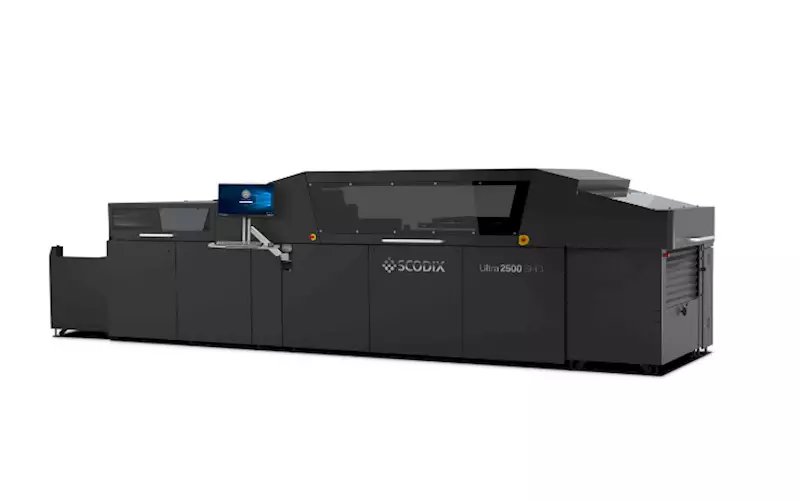Drupa 2024: Scodix set to unveil six applications, two embellishing presses, and Scodix AI
Scodix, a digital embellishment solutions specialist, held a virtual pre-Drupa conference on April 16, 2024, to announce its plans for Drupa.
17 Apr 2024 | By Noel D'Cunha
During the conference, Mark Nixon, executive vice president of global sales and marketing at Scodix, showcased the company’s latest advancements and innovations, which he said, focus on versatility, sustainability and innovation.
Nixon introduced Scodix's latest technologies and applications, which he said are expected to revolutionise the production of printed materials. He announced that the company would launch two new Scodix models — the 2500 and 6500 presses — at Drupa 2024. "These presses are equipped with advanced features that cater to specific customer needs, making them versatile and efficient for a wide range of printing applications, including uncoated and transparent materials,” Nixon said.
The two new presses feature Scodix SHD (smart high-definition) technology and Scodix MLE (multi-layer enhancement). He unveiled six new applications, showcasing the limitless possibilities of Scodix SHD and MLE, and bringing the total number of embellishment applications to 16. "These applications span a wide range of features such as foiling, spot UV, Braille, variable foiling, variable spot, UV glitter, casting cure, and much more. This expansive range of embellishment options opens up a world of intricate designs, textures, and effects to be applied to various media types, including uncoated, coated, plastics, and corrugated materials,” Nixon said.
Scodix is also set to launch Scodix AI (an automated embellishment creator tool) at Drupa. This technology, designed with the user in mind, uses artificial intelligence to streamline the design process for embellishments, making it more accessible and user-friendly. "By analysing CMYK files, Scodix AI can enhance text, objects, or both — creating customised embellishment files with self-learning capabilities. This simplifies the design process and ensures consistency and efficiency in producing high-quality printed materials," Nixon said.











 See All
See All